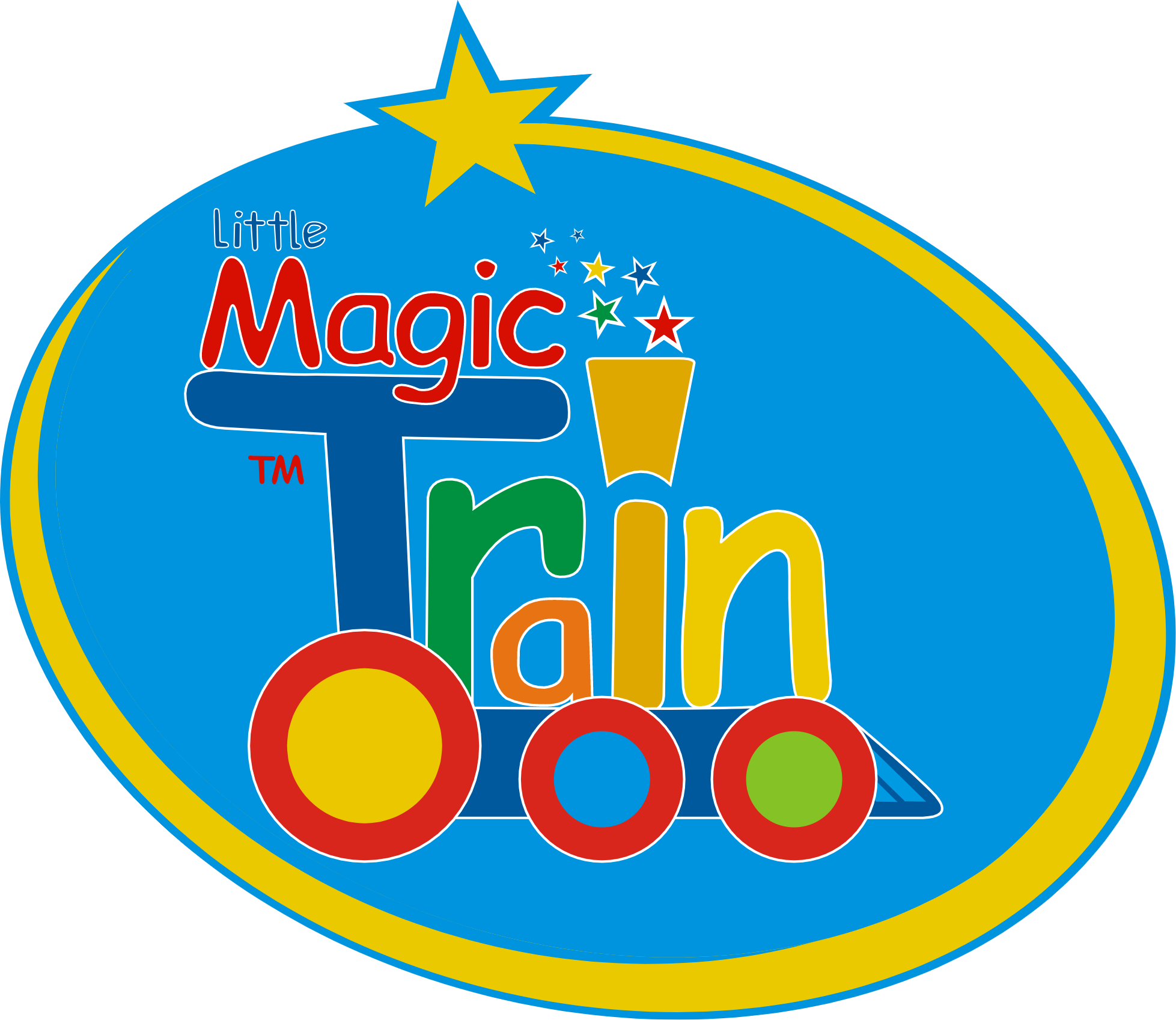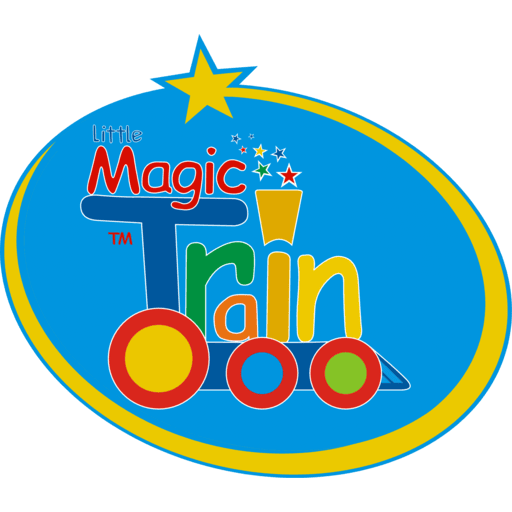Bored of repetition… don’t be as it helps develop and grow Myelin in your little one’s brain.
What is Myelin? The best way to describe Myelin is as insulation (electrical tape) that tightly wraps around and around our nerve fibres. Each time we practise something it wraps the Myelin, like electrical tape to prevent any leaks, around that part of the circuitry we used in the brain. Myelin increases the speed and accuracy of the signal strength in our brain ie. the upload and download speed of our brain.
Some people talk about ‘muscle memory’ but they are actually talking about Myelin. Myelin has been attributed as the key “to talking, reading, learning skills and even being human.” Would you have ever thought that something that looks like a humble sausage (I know it really has been described like that) around our nerve fibres is so important?
When you put it into context with early years you will see how important it is. For example, we all know when a child is engaged and focused, through play, on the learning process they develop their skills and the reason for this is they are building and laying down Myelin around the circuit for that activity.
If Myelin was part of our town, it would be the tarmac on our roads and pavement getting you from A to B. I admit that does seem really dull to be honest have you ever stood in awe admiring the tarmac? I know I certainly don’t, but we really should be admiring and nurturing the Myelin in our own circuitry while helping to develop it in our little ones.
My personal moment with Myelin When I created the Littlemagictrain sessions, I was intrigued by the feedback from nurseries and preschools especially as it had originally been created to develop physical literacy. The feedback included improved speech and language, relationship building, knowledge and the world around them, well-being and of course physical literacy. Little did I know at the time, that I had actually developed the adventures and stories in a way that help build Myelin.
“Good practise” is vital in the early years as everything the children do, and learn, is creating all those amazing neural connections in the brain and Myelin is working overtime to wrap itself around their nerve fibres.
When a neural pathway is made and fully Myelinated (covered in the electrical tape without any leaks), your brain doesn’t change the pathway or make amends, it just rebuilds elsewhere. For example, if you have made a connection going from ‘A to B’ and you need to correct this mistake, your body has to create a totally new neural pathway and start again. Unfortunately, this means the brain has to find a new way of getting from ‘A’ to ‘B’ and to get there it may have to go via ‘W’. A lot of extra work for the child and you
Meeting our hero Mr Myelin Mr Myelin is in fact Professor George Bartzokis (1956-2014), a neuroscientist and Professor of Psychiatry. Bartzokis originated the theory that the degeneration of the brain’s myelin contributed to many developmental and degenerative diseases, such as schizophrenia and Alzheimer’s. This research shows the importance of Myelin in the brain and how it ensures everything runs smoothly.
If you don’t use it you lose it! This phrase says it all, as the brain will prune away pathways that aren’t used. The brain is continually growing and pruning neural pathways. To help children learn we need to ensure the correct neural pathway is built so they don’t have to relearn, rebuild and prune. I always visualize a gardener attacking a rose, that has grown along a wall in the wrong direction. The gardener must prune the poor rose which then has to find all that energy and make the effort to grow all over again in the right direction.
Did you know? Myelin initially builds on the sensorimotor white matter and the Heschl gyrus (the structure containing the human primary auditory cortex in the brain) and then extends to the language-related areas. The vital aspect of physical literacy in the Early Years is that it helps with speech and language, and this is looked at in the ‘Myelination of language-related areas in the developing brain’ by J. Pujol, et al, 2006.
Something to think about…
Q: “Why can’t monkeys – which have every neuron type and neurotransmitter we have – use language the way we do?”
A: “because we’ve got 20% more myelin which gives us more processing speed.
Q: “Why can horses walk at birth while humans take a year?”
A: “A horse is born with its brain fully myelinated, online, and ready to go.


 then “Add to Home Screen”
//
//
then “Add to Home Screen”
//
//